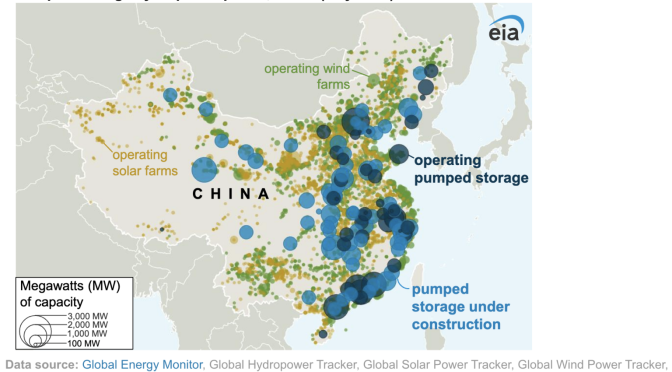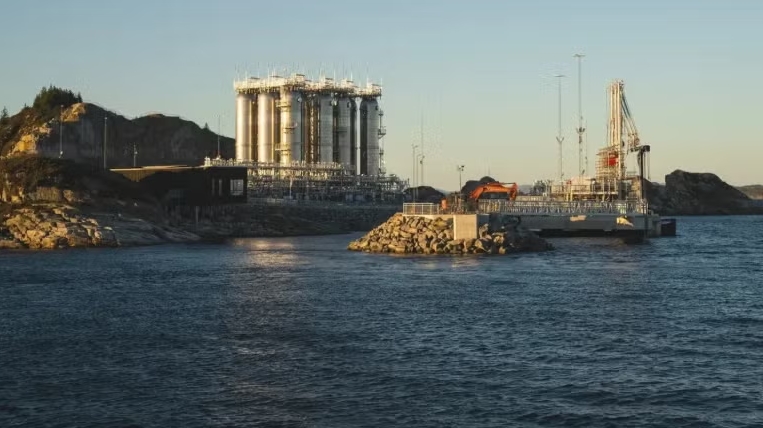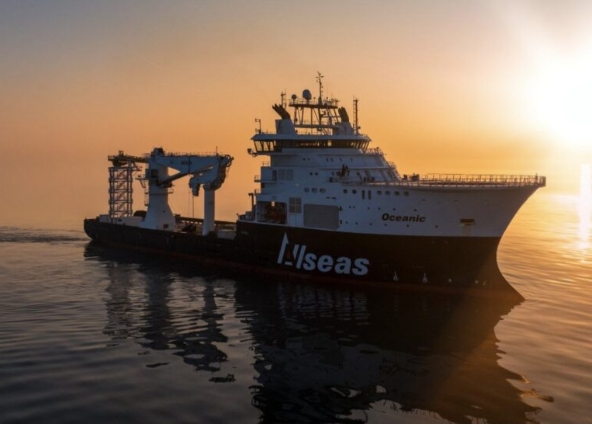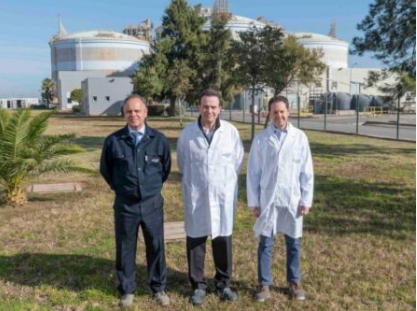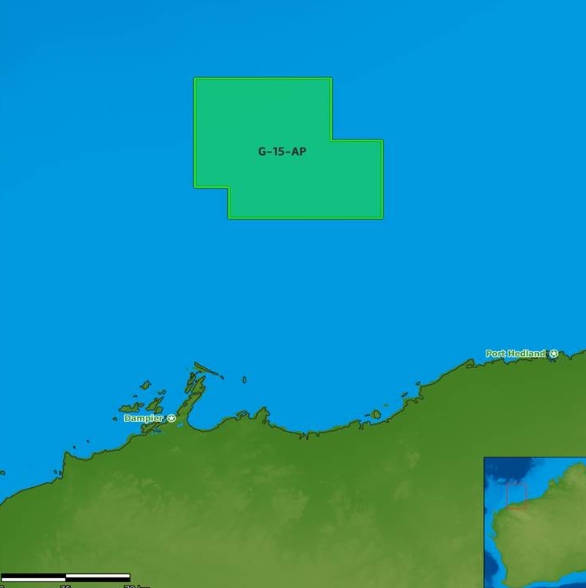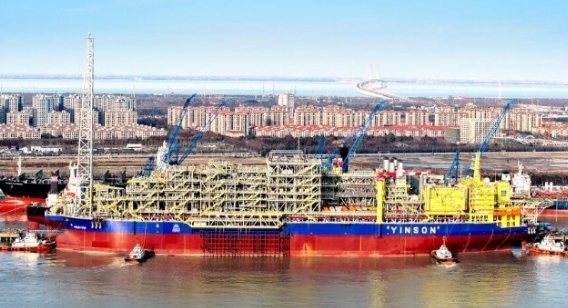China’s pumped-storage capacity is set to increase even more, with 89 GW of capacity currently under construction. Developers are seeking governmental approvals, land rights, or financing for an additional 276 GW of pumped-storage projects, according to the data from Global Energy Monitor.
Pumped storage is a type of energy storage. When demand is low (or supply is high), pumped-storage hydropower plants pump water from a lower reservoir to an upper reservoir. Later, when electricity demand is high (or supply is low), the water is released from the upper reservoir through a turbine into the lower reservoir, generating electricity.
Pumped storage helps balance excess electricity that is produced by solar and wind, acting like a giant battery. Grid operators have to keep the amount of electricity produced balanced with the amount of electricity consumed. Because wind and solar generation depend on whether the sun is shining or the wind is blowing, they can’t be ramped up and down the way other types of power plants can. Any excess electricity they generate must be stored to avoid losing it. Pumped-storage plants can store the excess wind and solar generation for later use. This supply management helps offset the variability in solar and wind.
This flexibility is particularly important in China, which has a large and growing share of wind and solar power in its generation mix. In 2021, wind and solar combined generated 12% of China’s electricity, according to our International Energy Statistics. As wind and solar play an increasingly significant role in China’s electricity mix, the surplus energy generated will need to be stored. Otherwise, it will have to be curtailed, meaning some of the wind energy and solar power will not be used.
Pumped-storage projects have advantages compared with other types of storage, such as batteries. They have low operational and maintenance costs and long operating lifespans. In addition, they can provide large-scale, long-term energy storage.
